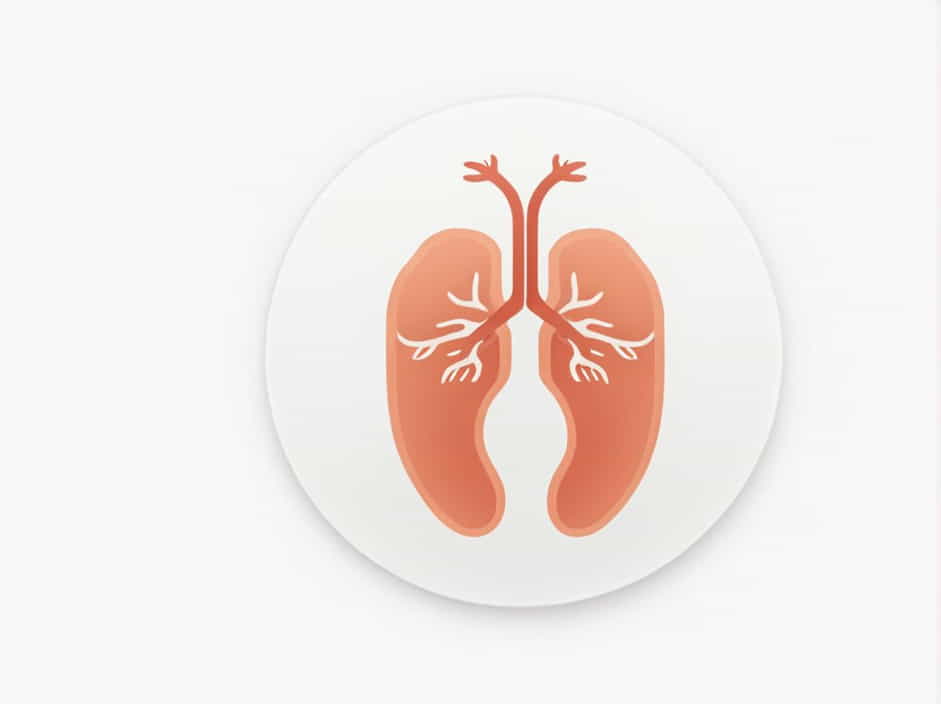The human abdominal cavity contains various organs classified based on their peritoneal relationships. Some organs are intraperitoneal, meaning they are completely enclosed by the peritoneum, while others are retroperitoneal, meaning they lie behind the peritoneal lining. Among these, a unique category exists: secondarily retroperitoneal organs.
These organs initially develop as intraperitoneal structures but later become retroperitoneal due to changes during embryonic development. Understanding these organs is crucial for anatomy, surgery, and medical diagnostics.
Definition of Secondarily Retroperitoneal Organs
Secondarily retroperitoneal organs are those that:
- Initially develop as intraperitoneal structures in the embryo.
- Become retroperitoneal as they fuse with the posterior abdominal wall over time.
This process is called secondary retroperitonealization, where the peritoneum on one side of the organ disappears, anchoring it to the abdominal wall.
List of Secondarily Retroperitoneal Organs
Several key organs in the digestive system fall into this category. These include:
- Ascending Colon
- Descending Colon
- Duodenum (Parts 2, 3, and 4)
- Pancreas
Each of these organs starts as intraperitoneal but becomes attached to the posterior abdominal wall during development.
Detailed Overview of Secondarily Retroperitoneal Organs
1. Ascending Colon
- The ascending colon is part of the large intestine and extends upward on the right side of the abdomen.
- It was originally intraperitoneal but later became retroperitoneal when it fused with the posterior abdominal wall.
- The fusion reduces movement, which is important for maintaining intestinal structure and function.
2. Descending Colon
- Located on the left side of the abdomen, the descending colon plays a role in water absorption and fecal storage.
- It undergoes a similar process as the ascending colon, becoming secondarily retroperitoneal to provide stability within the abdomen.
3. Duodenum (Parts 2, 3, and 4)
- The duodenum is the first section of the small intestine, receiving food from the stomach.
- The first part (duodenal bulb) remains intraperitoneal, while the second, third, and fourth parts become secondarily retroperitoneal.
- This adaptation allows for better structural support and efficient digestion.
4. Pancreas
- The pancreas is a mixed gland responsible for digestive enzyme production (exocrine function) and hormone secretion (endocrine function).
- Initially, it is an intraperitoneal organ, but later it fuses with the posterior abdominal wall, making it secondarily retroperitoneal.
- This positioning is significant because it protects the pancreas while maintaining access to blood vessels and ducts.
Differences Between Primary and Secondary Retroperitoneal Organs
| Feature | Primary Retroperitoneal Organs | Secondarily Retroperitoneal Organs |
|---|---|---|
| Development | Always retroperitoneal | Initially intraperitoneal, later retroperitoneal |
| Examples | Kidneys, adrenal glands, aorta, inferior vena cava | Ascending colon, descending colon, pancreas, duodenum (except the first part) |
| Mobility | Minimal movement | Less mobile than intraperitoneal organs but still slightly flexible |
| Clinical Significance | Often involved in kidney and vascular disorders | Involved in gastrointestinal conditions |
Clinical Importance of Secondarily Retroperitoneal Organs
Understanding the retroperitoneal nature of these organs is crucial in medicine and surgery. Some key clinical aspects include:
1. Surgical Considerations
- Surgeons must be cautious when operating on secondarily retroperitoneal organs, as they are fixed to the posterior abdominal wall.
- Certain procedures, such as colectomies and pancreatic surgeries, require careful dissection of these structures.
2. Trauma and Injury
- Retroperitoneal organs are less mobile, making them prone to injury during blunt abdominal trauma.
- Pancreatic injuries, for example, can lead to severe complications due to the organ’s deep position.
3. Cancer and Disease Spread
- Cancers involving the pancreas, colon, or duodenum may spread directly into surrounding tissues, as these organs are closely positioned against the abdominal wall.
- Surgical removal of tumors in these areas is more complex than in intraperitoneal organs.
4. Digestive Disorders
- Conditions such as duodenal ulcers and colon obstructions often involve secondarily retroperitoneal organs.
- Understanding their location helps in diagnosis and treatment planning.
The secondarily retroperitoneal organs play a significant role in digestion, absorption, and metabolic processes. These organs, including the ascending colon, descending colon, duodenum (except the first part), and pancreas, start as intraperitoneal structures but become retroperitoneal during development.
Their unique positioning affects their mobility, surgical accessibility, and vulnerability to disease. Understanding these structures is essential for medical professionals, students, and anyone interested in human anatomy.
